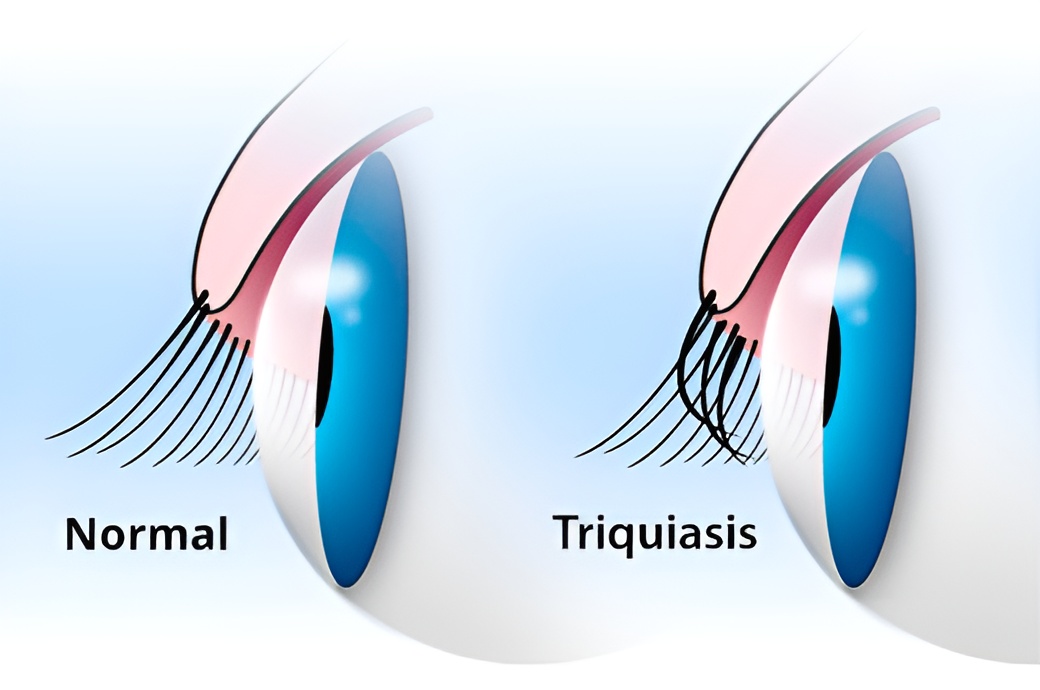Trichiasis and distichiasis are two eye conditions that affect the eyelids and eyelashes. If you have heard of these problems and would like more information, read on and we will explain them to you. If you need to see an ophthalmologist, you can make an appointment at your nearest Vistaláser clinic.
Differentiating Trichiasis and Distichiasis
Trichiasis refers to the condition in which the eyelashes grow inwards instead of outwards, which can cause irritation, discomfort and even corneal injury if the eyelashes constantly rub against the surface of the eye. This condition can be caused by a variety of factors, such as infections, scarring, chronic inflammatory diseases or simply the natural ageing process.
Distichiasis, on the other hand, is an abnormality in which extra eyelashes grow from the hair follicles of the eyelids, but in an abnormal position, i.e. inwards instead of outwards. These extra eyelashes are usually thicker and stiffer than normal eyelashes, which can cause irritation, scratching of the ocular surface and other eye problems.
Causes of Trichiasis and differential diagnosis
There are multiple causes of trichiasis, although in many cases no causative process is identified. Any scarring of the eyelids can cause the eyelashes to grow inwards.
It is important to distinguish between trichiasis and entropion, as both involve contact of the eyelashes with the ocular surface. In trichiasis it is the eyelashes that grow inwards while in entropion the eyelashes grow normally but it is the eyelid that is rotated towards the eyeball.
Although the result for the patient is the same (eye irritation from the eyelashes), the treatment of these two pathologies is quite different. In trichiasis, the treatment aims to eliminate the hair follicles of the abnormal eyelashes. For entropion, on the other hand, we correct the position of the eyelid surgically.
Causes of Distichiasis
There is yet a third condition that causes eyelash-surface contact: distichiasis. Distichiasis is the growth of new eyelashes from the meibomian glands. These glands are located in the eyelids very close to the ocular surface and do not normally harbour eyelashes.
Distichiasis is usually caused by chronic inflammatory processes as in trichiasis. Distichiasis can also be congenital. Treatment of trichiasis and distichiasis is usually the same.
Possible treatments
Both conditions can cause significant discomfort and visual problems if not properly treated. Treatment may include removal of the problematic eyelashes using techniques such as electrolysis, cryotherapy or laser surgery. It is important to consult an ophthalmologist if you experience symptoms of trichiasis or distichiasis to receive an accurate diagnosis and an appropriate treatment plan.

Leave A Comment